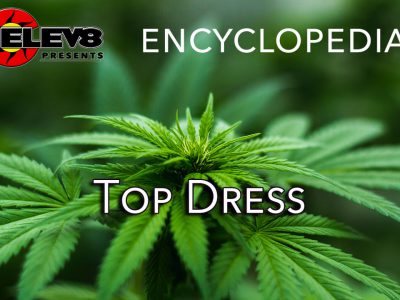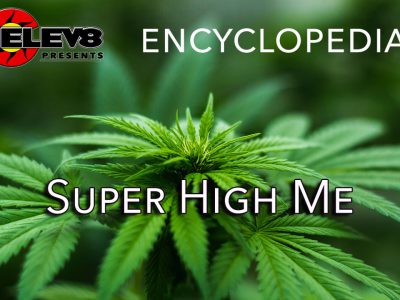What does Psychoactive Compound mean?
Psychoactive compounds within the cannabis plant are made up of unique chemicals that are commonly called cannabinoids. The main psychoactive compound found in marijuana is delta-g-tetrahydrocannabinol (THC). It tends to have the most profound effects on the user and typically accounts for the known ‘high’ that is associated with cannabis use.
Other minor psychoactive compounds include cannabidiol (CBD) cannabinol (CBN) cannabitriol (CBT), cannabigerol (CBG), tetrahydrocannabavarin (THCV), cannabichromene (CBC), cannabielsoin, and cannabicyclol (CBL).
More on Psychoactive Compound
Psychoactive compounds in cannabis are not exceedingly active in raw plant material. They must first undergo a decarboxylation process. When burned or heated, the compounds become active. Decarbing also occurs to a lesser extent through natural drying of the plant material. Typically, the greatest psychoactive response occurs in cannabis strains that contain a high concentration of THC.
Various strains of marijuana offer different highs depending on the strain’s psychoactive compounds. The cannabinoids of the plant act to varying degrees on the body’s nervous and endocrine systems. The cannabinoids all have the ability to bind to the nervous system’s receptors and produce different physical reactions.
In general usage, the term psychoactive can be used to refer to any substance, usually drugs, that alter the brain’s functions and mood. The psychoactive compounds in cannabis are used both recreationally and medically to alter the user’s waking state of being.
Psychoactive should not be confused with the term psychedelic, which is also related to drug use. However, psychedelic refers to experiencing hallucinations and expansions of consciousness, which are not typically side effects of cannabis use.







